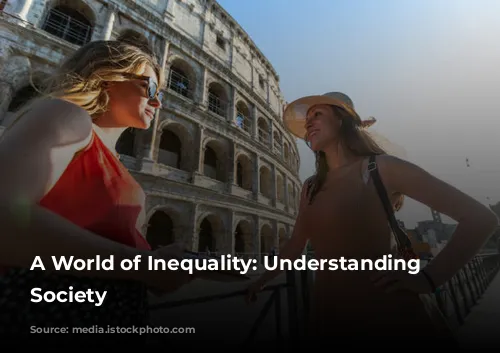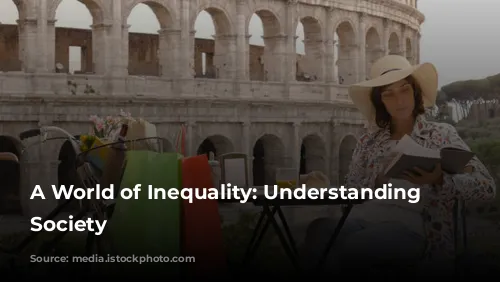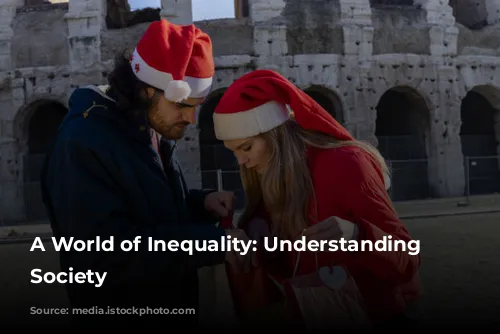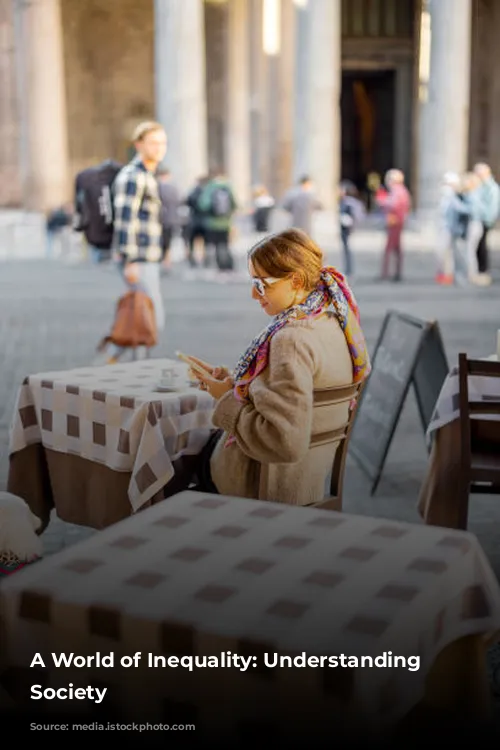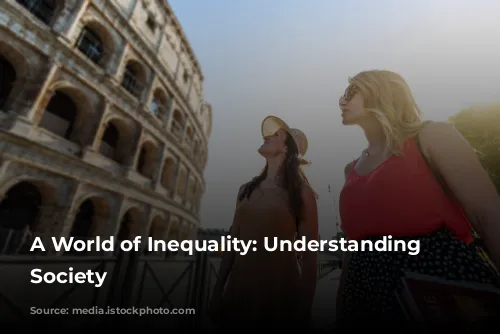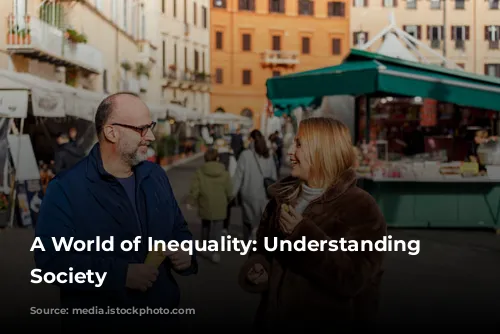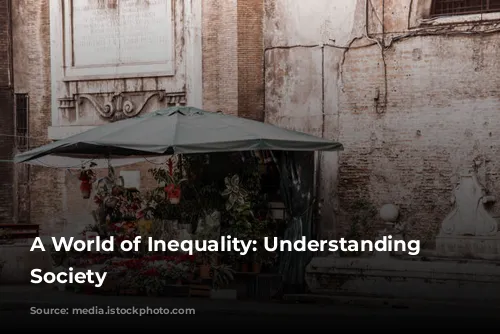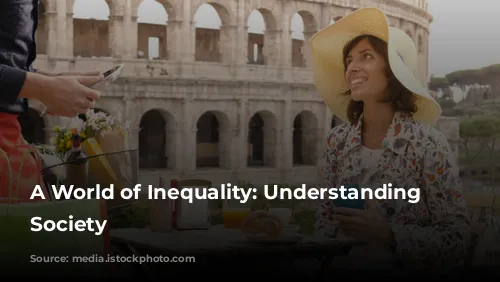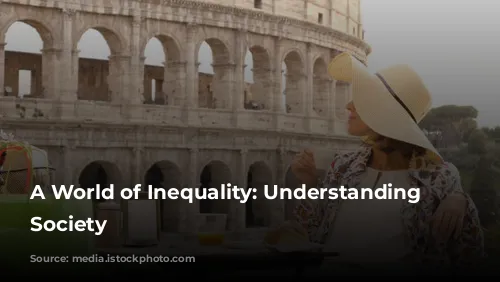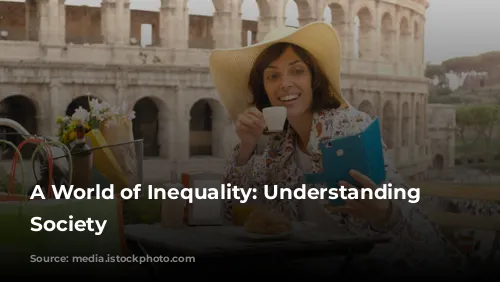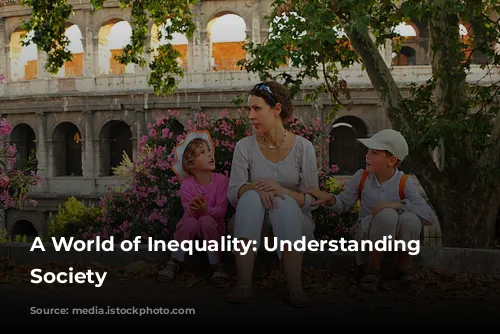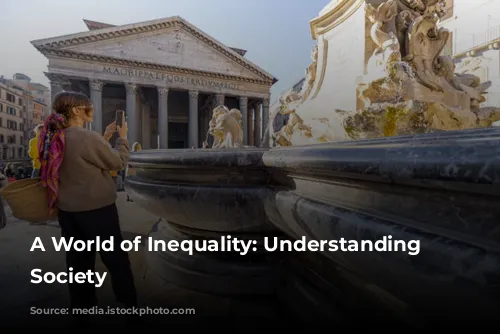Imagine a world where your entire life is determined by your birth. This was the harsh reality for many people in Roman society, a world of stark contrasts where the wealth and power of an emperor were juxtaposed against the despair and vulnerability of a slave. But how did this intricate system of social hierarchy function? What were the key distinctions that shaped individuals’ destinies?
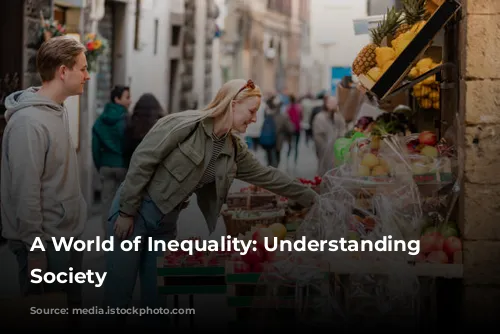
The Power of Legal Status
Legal status was the cornerstone of Roman society, dictating everything from your rights to how you were treated. It was not a world of equality, but rather a meticulously constructed system of differentiation.
Freedom or servitude defined an individual’s place in the Roman world. Slaves, born into servitude or forced into it through war, were considered property, subject to the whims of their masters. However, manumission, the granting of freedom, provided a path out of slavery.
Citizenship was another crucial distinction. Only citizens could hold positions of authority, serve in the legions, and enjoy certain legal privileges. While non-citizens held limited rights, the emperor Caracalla extended citizenship to all free inhabitants in AD 212.
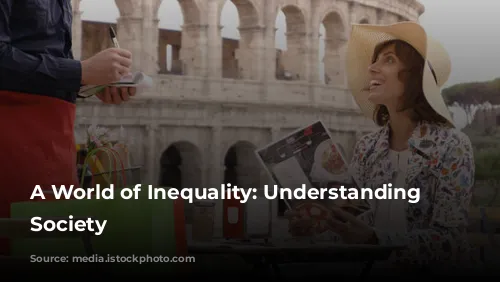
Beyond the Law: The Fabric of Society
While legal status carved out broad divisions, social factors further defined the Roman social tapestry. Wealth played a significant role, as it could purchase status symbols and influence. Trimalchio, the fictional freed slave portrayed by the writer Petronius, epitomized this trend, showcasing his riches through grand houses, extravagant clothes, and lavish parties. However, social mobility was not without limitations. While new citizens could amass wealth, their origins often stigmatized them, particularly former slaves who were denied access to high office.
Patronage, a system of mutual dependence, played a critical role in Roman society. Powerful patrons provided support and favors to their clients, who in turn offered loyalty and service. This intricate network extended from the emperor, the ultimate patron, to the lowest ranks of society.
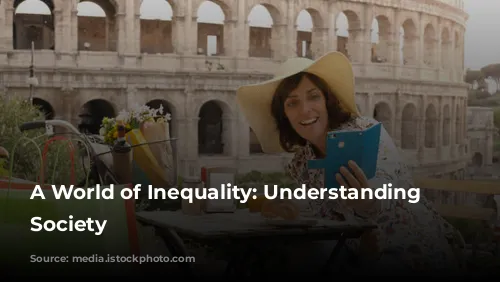
Social Mobility: A Complex Path
While legal status could change, social mobility remained a complex process. While a slave could gain freedom or a non-citizen could become a citizen, economic factors played a significant role in determining an individual’s actual experience.
Examples of individuals like the emperor Vitellius, descended from a freed slave, or emperors Trajan and Septimius Severus, from provincial families, demonstrate the potential for social ascent. However, for the majority of the population, social mobility remained a distant dream, overshadowed by the realities of their social standing.
In conclusion, Roman society was a complex and multifaceted system where legal status, wealth, and patronage intertwined to create a hierarchy of power and privilege. While opportunities for social change existed, the system often perpetuated inequality, leaving many individuals trapped within the confines of their birthright. This understanding provides us with a unique glimpse into a past where the lines between legal status and social reality were often blurred.
